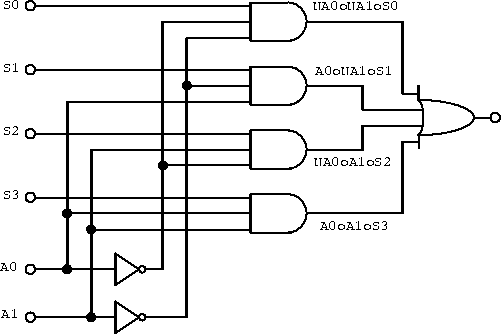
Figure 7.15: 4-line to 1-line multiplexer.
Multiplexers and decoders are used when many lines of information are being gated and passed from one part of a circuit to another.
Multiplexing is when multiple data signals share a common propagation path. Time multiplexing is when different signals travel along the same wire but at different times. These devices have data and address lines, and usually include an enable/disable input. When the device is disabled the output is locked into some particular state and is not effected by the inputs. Shown in figure 7.15 is a 4-line to 1-line multiplexer.

Figure 7.15: 4-line to 1-line multiplexer.
A decoder de-multiplexes the signals back onto several different lines. Shown in figure 7.16 is a binary-to-octal decoder (3-line to 8-line decoder).
Decoders (octal decoder) can also convert a 3-bit binary number to an output on one of eight lines. Hexadecimal decoders are 4-line to 16-line devices. When the decoder is disabled the outputs will be high. A decoder would normally be disabled while the address lines were changing to avoid glitches on the output lines.
Narippawaj Ngernvijit